If Wordle is for word game lovers, then Numberle is for all the math-brained Wordlers out there. It has intrigue, it involves suspense, it stimulates your brain, and even has the fluid settings adaptable to enhance or reduce the difficulty level. Let’s explore the various elements unique to the variant that sets it apart from the rest.
Wordle and Nerdle versus Numberle
If you are familiar with Wordle, you should also know by rote its rules, design, and formula. Numberle is similar to Wordle in almost every way with a similar grid-style game board, hint-system intricately bound with colors, and a limited number of guesses to arrive at the solution.
The main and most striking difference is that instead of words and letters, the components of the Numberle game are numbers, symbols, and the equations they form.

If you are not a noob in the scene, then you might have even come across, Nerdle, the predecessor of Numberle, another Math game that embraces the same formula of grids, guesses, and colors to confront players with daily “hidden equation” challenges.
Numberle, however, improves on things lacking in both Wordle and Nerdle, allowing players the option to determine the difficulty level by choosing any equation length between 5 and 12, and the operators to be involved in a game. It all comes with the added bonus of unlimited games.
That is right, you can play as many games as you want on any mode without waiting for the ticking 24-hour timer to reset! But we will get into those details in a bit, let’s tackle things in the right order.
Related: How to Play Nerdle: All You Need To Know
Where to play Numberle?
It shouldn’t come off as a surprise, that like all other spin-offs and clones of the Wordle game, Numberle is also an online game that can be played on web browsers on any device (smartphones, computers, etc.) as long you can connect to the internet. All it takes are a few clicks or taps to go to numberle.org, and you can start playing without any delay.
- Play Numberle at Numberle.org or with a simple click here.

The game page opens to a default 6×8 grid game board, that is 8 columns to use in order to find the secret equation with 6 available turns to play it out. In addition to the in-game settings to adjust the length of the target equation, there is even a button dedicated to creating your own custom Numberle to share and challenge your friends and other players.
Related: Best Nerdle Start Numbers and Equations
Numberle Game Mode and Rules: Overview
What gives away the Numberle creator’s Wordle fan-heart is the way it is designed to bridge the gap and meet the desires of the players. One of the much-appreciated attributes of Numberle is that there is no limit to the number of games you can play a day.
You go right in, finish a game, and hit refresh to reset the board to start a new game, and that is all it takes. It has also been notified on the official game page that a new daily game mode and hard mode are underway, and ready to be integrated with the current system soon.
Now comes the difficulty mode. Those familiar with Wordle know that the difficulty is increased in the Hard Mode by mandating the players to use previously discovered letters in the subsequent moves.
On the popular Math variant of Wordle, Nerdle, the 8-count equation is the peak of the challenge with no option to increase the difficulty. Numberle settles this problem with a new option in the setting to choose the “Equation Length” to form equations 5 to 12 columns in length, which includes numbers and symbols.

Players generally find the 6×8 grid of Nerdle challenging, hence you can guess for yourself the pressure that accompanies the exigent and unbending demand of the game to solve the secret equation within 6 guesses.
That is right, no matter the length of the equation, the total number of chances at your disposal is always 6, which could make you pull at your hair in frustration if you get a particularly vexing equation to solve.
The second tier of difficulty is established and managed through the operators. You can limit the grinding of the equation using the arithmetic signs (+, -, *, /) which you may select all at once, or individually (one being the minimum) according to your preference.
So, if you apply both together, you can inform and influence the game system to give you a simple equation with the basic addition or subtraction operations in a full 6×12 game grid or go all out with a challenge-packed equation. Even though the equation itself is generated by the system and kept hidden from your view, you can still exercise some level of control over how difficult it should be, thus.
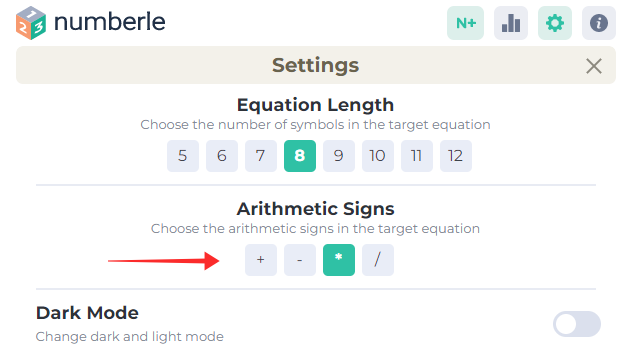
Numberle uses a similar color system as Wordle to cue the player of the nature of the guesses, with some minor differences that can at once be figured out by any regular Wordler.
Gray tiles represent a non-occurring number or symbol in the equation.
The orange tiles contain numbers or symbols that do appear in the equation, but in a different column, indicating that they need to be swapped to find their place! Finally, the green tiles hold numbers and letters that are all correct.
All equations must have at least east one operator and the symbol “=”; the solution part that comes after the “=” symbol ought to be an integer.
How to play Numberle [Guide]
The first step is to set an equation length. For the sake of demonstration, let’s go with an 8-count equation with all arithmetic signs active and open to be a part of the hidden equation. Because there are only 10 digits(0-9) and 5 symbols (+, -,*, /, and =), you can divide all the numbers and letters into two equations that can be used to expose the entirety of the keyboard in two quick moves.
1. Starting equations for fluid gameplay
Using unique numbers and symbols in the first few moves continues to be an effective strategy on Numberle. You can set a couple of starter equations depending on your equation length as the go-to moves to start every game.

Check out the article linked below to learn more about some useable 8-count starter equations to begin a 6×8 game. It works just the same on Numberle 8-count equations. But, as we already discussed, the length of the target equation and the variability of the symbols demand you to make appropriate adjustments to make headway in the game.
Related: Best Nerdle Start Numbers and Equations
The longer the equation, the faster you can discover the right numbers and symbols. But, it is just as easy to get lost in the grid; hence, formulating and perhaps sticking to a specific set of starter equations could unwind a lot of the stress imposed by the game. If you study two equations in the screenshot below of a 6×11 Numeberle game grid below, which do you think makes for a better starting equation?

2. Cautious steps for a grander win
Numberle protocols don’t take the commutative property of equations into consideration. So, if the correct guess is 1+5×3=16, but you enter 1+3×5=16, it will only count as partially correct which needs to be rearranged in the right order in the follow-up guess for the system to have you clear the round.
One of the reasons why non-commutative solutions affect your gameplay is that you cannot afford to squander away your guesses with futile or absent-minded moves. The longer the target equation, the more it becomes evident how the upper limit of 6 on guesses could complicate the equation and push you to use up more moves than you originally imagined.
So, if your window to successfully clearing the game gets suddenly jarred with a non-commutative equation predicament, you might be left with no choice but to surrender and accept defeat.
Don’t be shy to pull out a pen and paper if your goal is to tackle each challenge in fewer moves. It is not cheating if you do all the calculations yourself, is it?
3. Make each move count
If you plan out each move, it is guaranteed to give you a boast-worthy win. As we already discussed above, the discovery phase of the game should be complete in the first few guesses. In this phase, only the occurrence of a number or symbol matters and not their position.
Once you have identified all the numbers and operators that exist in the secret equation, immediately channel your attention to the position of the ‘=’ symbol. The number of digits in the solution reveals a lot about the operations on the left side.

After you identify the position of the ‘=’, it is naturally the time to rearrange the numbers in orange tiles to find their right green tiles. Repeating a number in its orange tiles screams “bad decision” in a Numberle grid. As you can see in the screenshot below, a lack of awareness of the valid numbers and symbols translates to wasted chances.

4. Keep an eye on the keyboard
The orange and green numbers/symbols on your keyboard should be the only digits used in the latter stages of the game. Of course, in, longer equations, you might need to use gray numbers to turn one or two orange characters green. Theoretically, you should show a stubborn insistence not to use gray letters; hence apply it as much as possible in order to avoid running out of chances.
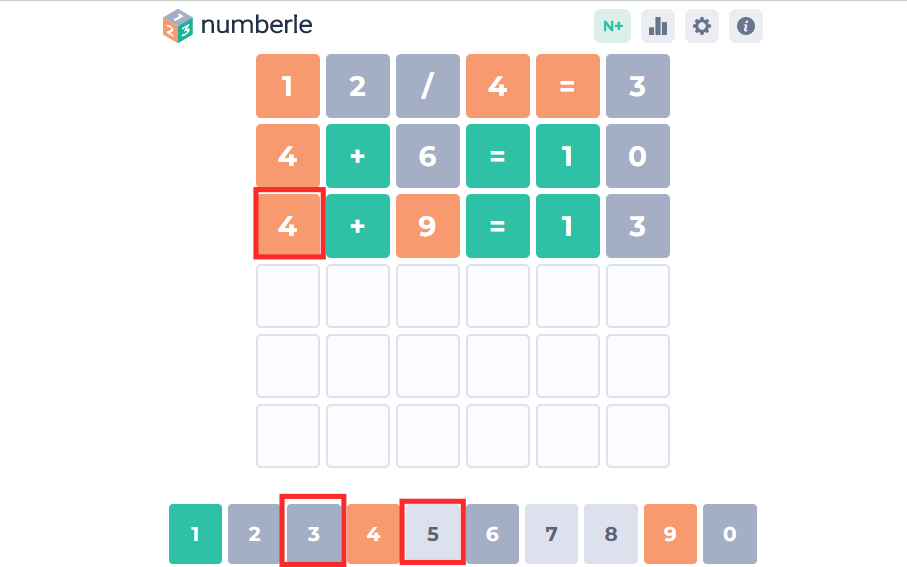
The longer the equation, the more confused you could get, which is why it is important to use the keyboard as a map of the grid. In the screenshot below, the game has progressed to the final phase after going through the discovery phase using fixed starter equations and ascertaining the position of the “=”.
More than one equation can be logically derived from the current state of the grid, like the one entered (but not submitted). If the player submits 93-68=25 as an entry, it’d again be a wrong guess as it directly violates the fixed station of 5 in the equation.

The answer that you derive should be based on clues than as a part of experimentation in Numberle. If such is the demand, do you think the equation below would be accepted by the system as the right answer?

To conclude the gameplay, we need to implement a three fold strategy”
- Use only unique numbers and symbols in the first few steps to discover all the right characters.
- Locate the position of “=”.
- Plan each move based on feedback previously received by using the keyboard as the eye of the grid.

Numberle Score and Stats
The options and the process itself of sharing scores are quite interesting on Numberle. The stats show a familiar set of parameters to measure your progress in the game. As you can play an unlimited number of games, every game gets representation in the stats and determines your streak. It could get ugly if you decide to take the tough route everytime with a 6×12 grid — you lose one game, you lose your streak, and also adds a dent to mar your perfect win percentage. But, that is the intention, after all — Numberle can be as easy or as difficult as you want it to be.
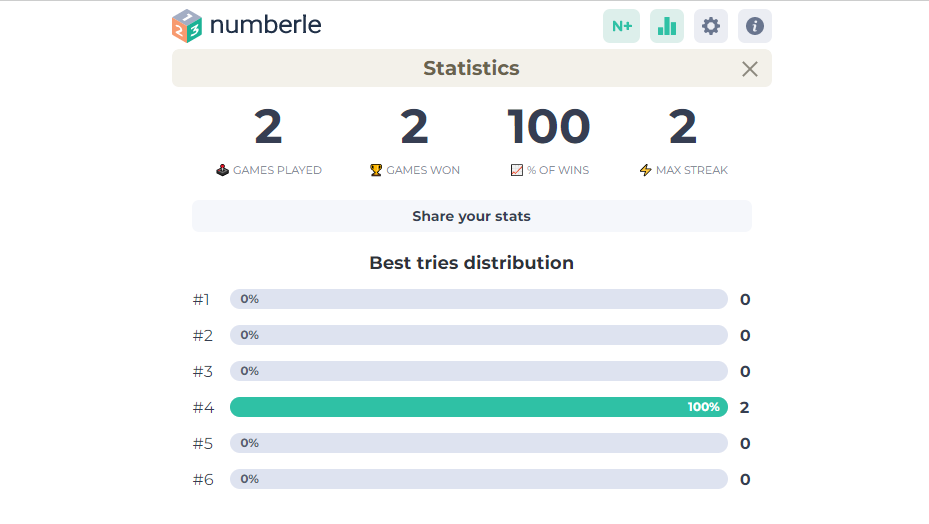
After each game, you may also share your game in emoji grids or download the puzzle to your device in unobscured image form. I personally find the option to save the puzzle very useful, as serve as the souvenirs of the perfect wins you get! You can also share the link to a game you played to challenge someone else with the same puzzle.

Games like Numberle you might want to try
There are many numerical spinoffs of Wordle in the world of the online Wordle community. Numberle is not the first one among them to shoot to popularity. Wordle spin-offs like Nerdle, Mathle, etc., use a similar format to challenge players with numerical puzzles. Variants like Primel are also number-based guessing games that come with their own twists to add fun to the familiar premise of puzzle-solving. Click on the link right below to take a look at 5 Wordle variants for math-enthusiasts.
Related: 5 Wordle variants for math enthusiasts
Let us know in the comments how you liked the Numberle game! We also welcome Wordle variant recommendations!
RELATED








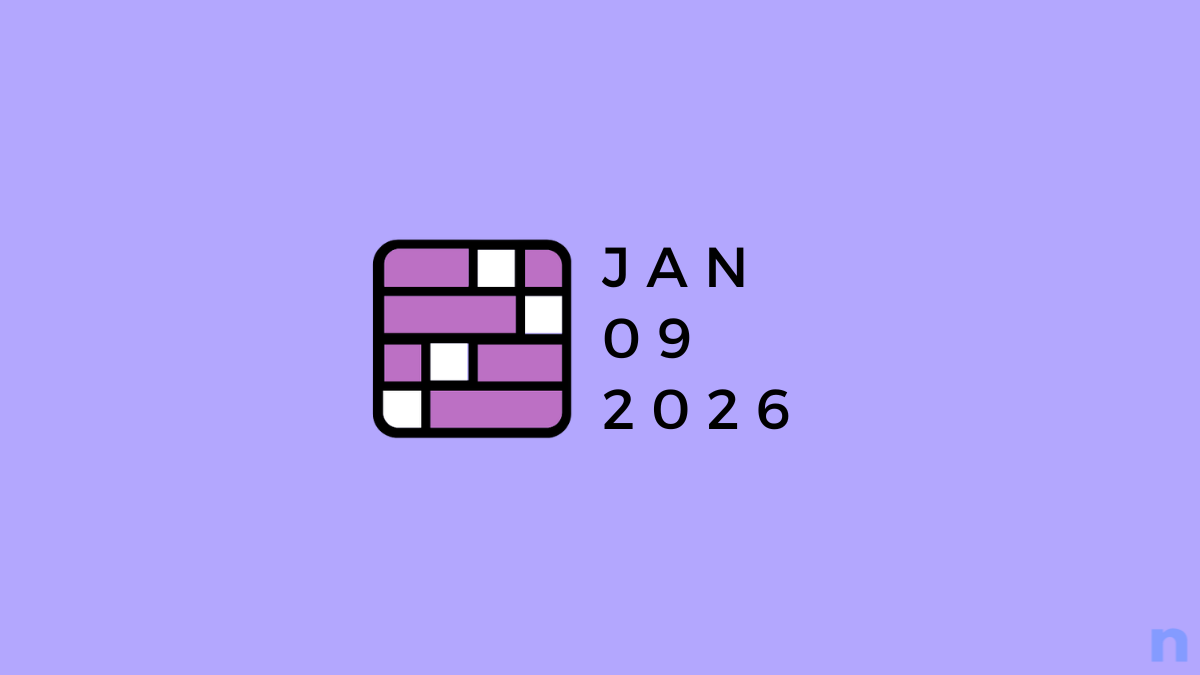
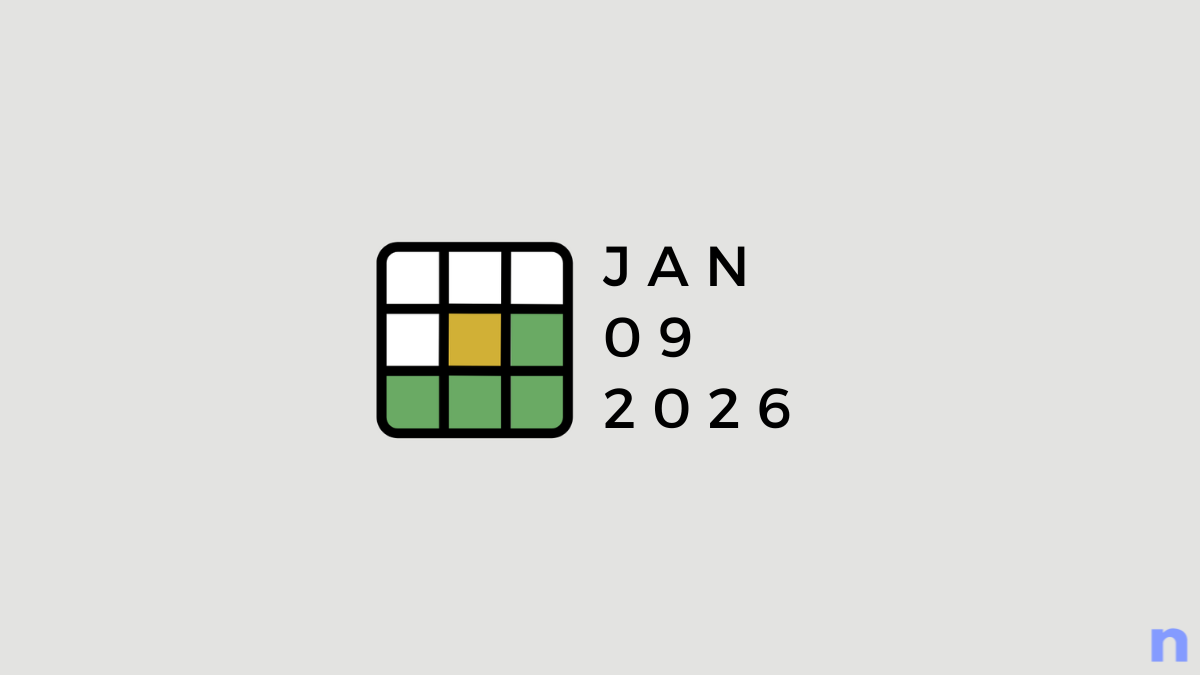



Discussion